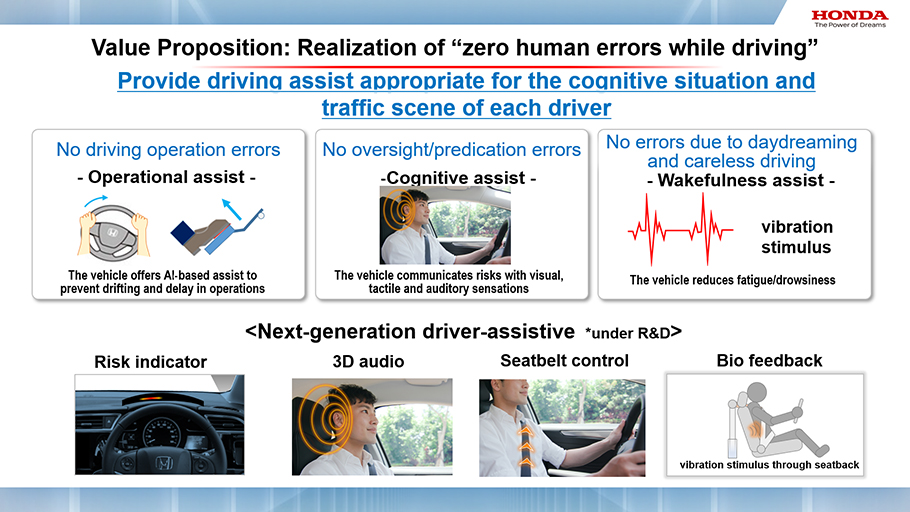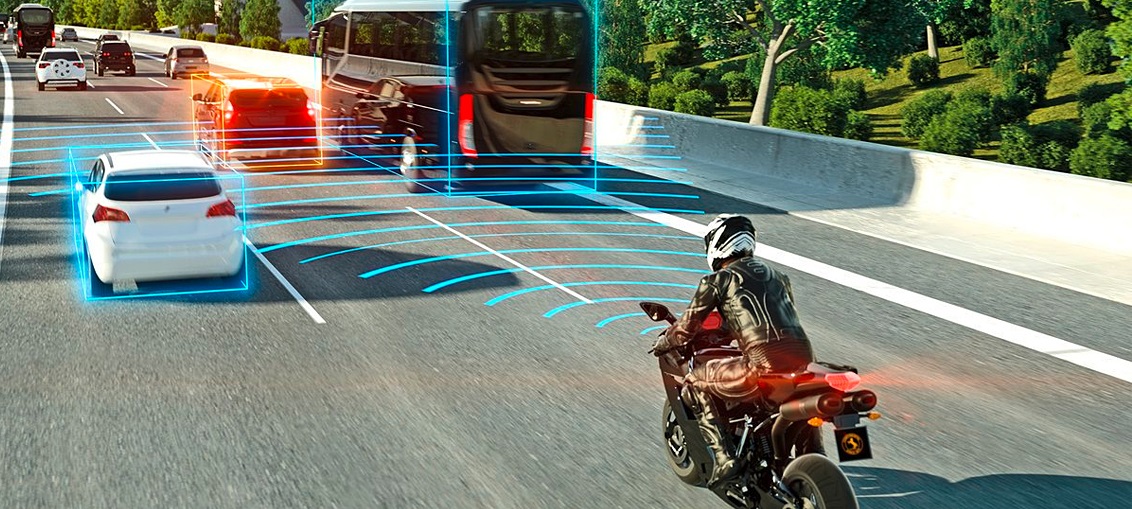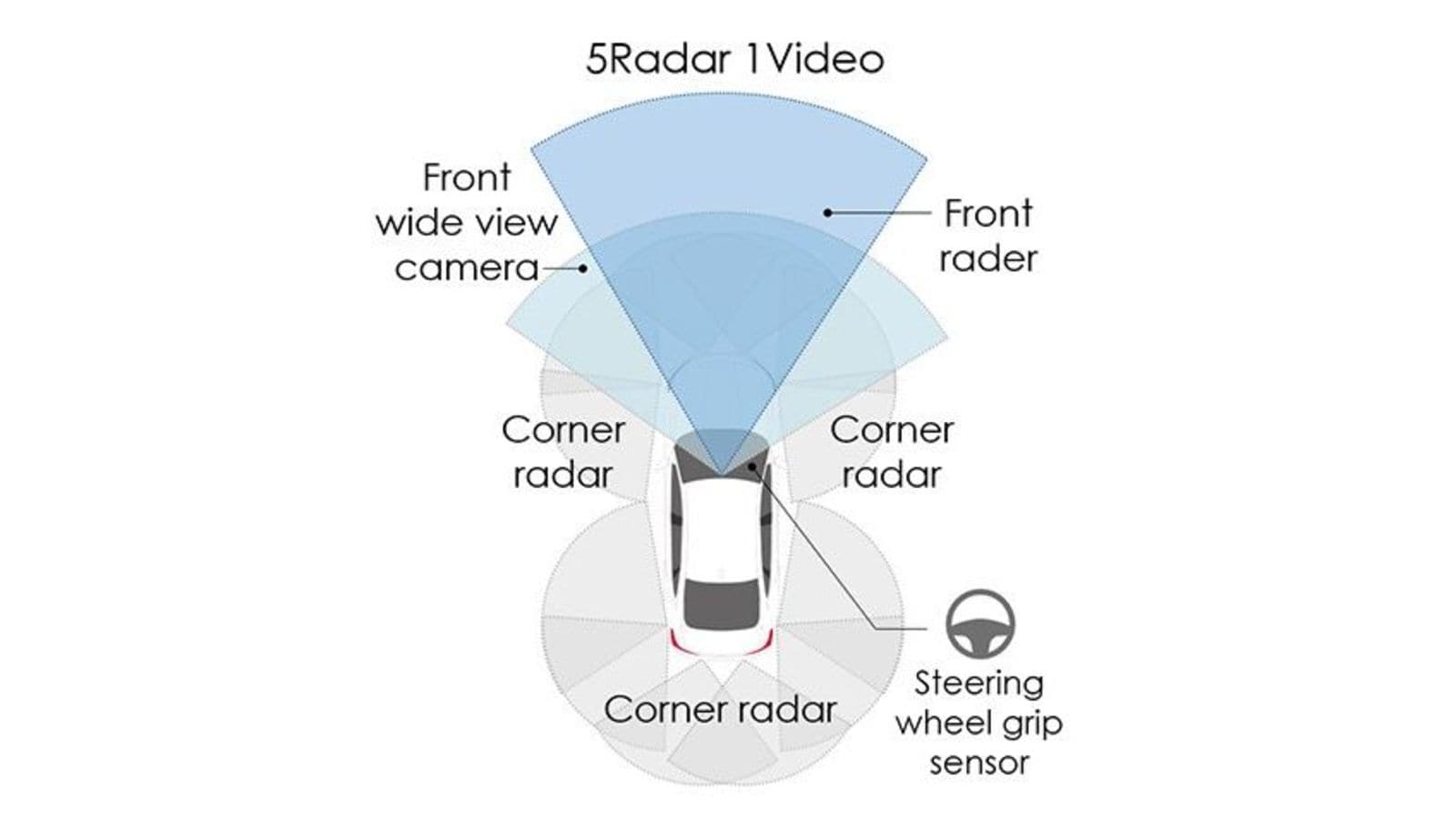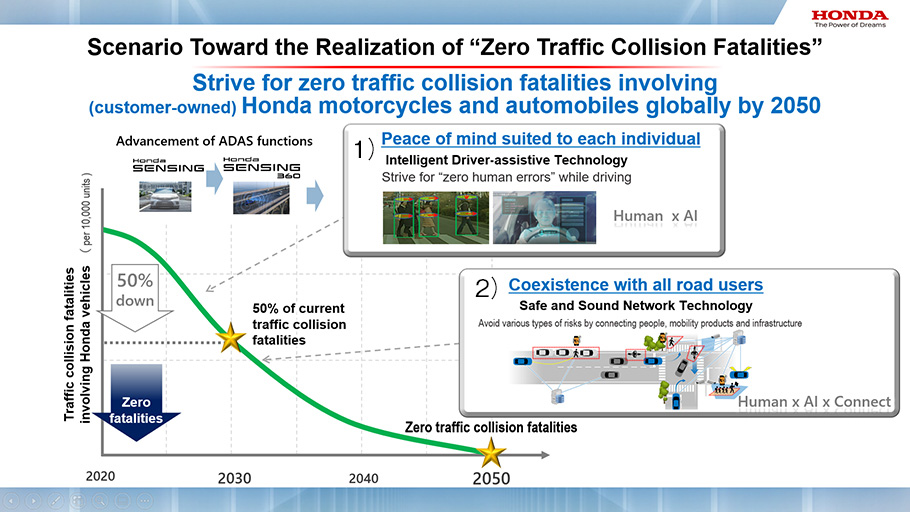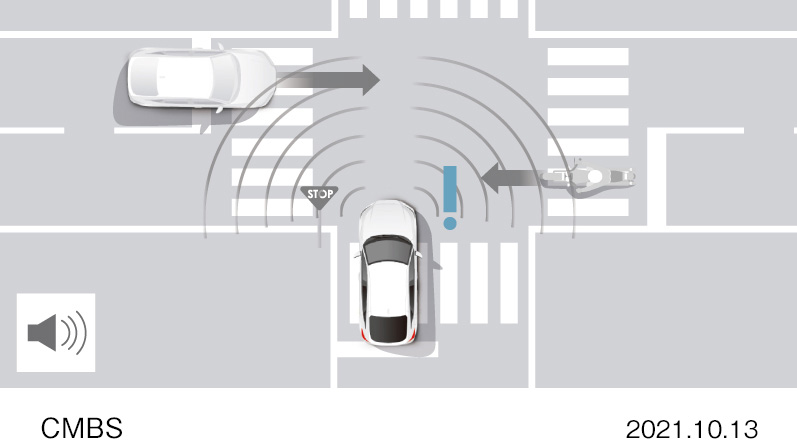When it comes to safety on the road, it seems every other week brings new technology to the table. From MotoGP’s cinching of their age range for the younger Moto categories, to Yamaha’s new patent for a radar safety system, to the entire bloody month of May being dedicated to Motorcycle Safety Awareness, motorcyclists take their necks seriously – and so does Honda.
Yesterday, the Japanese multinational conglomerate revealed their plans for ‘zero traffic collision fatalities involving Honda motorcycles and automobiles globally by 2050’.
While the concept of a danger-free road may seem a bit far-fetched to most of us, Honda’s been under the wire to solve the problem – and the strategy will purportedly involve ‘two key technologies,’ as noted by their press release.
Technology #1: ‘Intelligent Driver-Assistive Technology’
“The world’s first artificial intelligence (A.I.-powered) ‘Intelligent Driver-Assistive Technology’ provides assistance that is suited to the ability and situation of each individual to reduce driving errors and risks, helping the driver achieve safe and sound driving.”
The excitement garnered for the new ‘Intelligent Driver-Assistive Technology’ is apparently due to the fact that the company believes themselves to have gotten the hang of how we think when we’re about to put ourselves in danger, specifically, “the factors behind human errors through [the] original fMRI*3-based study of the human brain and analysis of risk-taking behaviors.”
The installation of ‘Intelligent Driver-Assistive Technology’ means that users can rely on the software to “presume predictors of driving errors based on information obtained through a driver monitoring camera and pattern of the driving operations.”
“This technology is being developed to enable each individual driver to mitigate driving errors and enjoy mobility without any sense of anxiety.”
The big boast is that this is the first technology of its kind ever created – and by that we mean the first in the world to use ADAS to assess driving risks, gauge optimal driving behaviour and provide aid to the driver based on their needs at this advanced level.
Obviously, this will eradicate the potential dangers (Honda says 90% of traffic collisions) related to human error – including the risks of commuting when careless, inebriated, daydreaming, or tired.
Question is, how much will this artificial intelligence be used to assist motorcyclists?
Honda plans on continuing their creation of this particular technology between 2021 and 2025, with “practical application during the second half of the 2020s.”
Technology #2: ‘Safe and Sound Network Technology’
“The ‘Safe and Sound Network Technology’ connects all road users, both people and mobility products, through telecommunications, making it possible to predict potential risks and help people avoid such risks before collisions actually occur.”
This is definitely a system I can see being integrated into life on two wheels.
The ‘Safe and Sound Network Technology’ is far less invasive than the first, though we’re assuming it uses similar ingredients to “understand / recognize the situation and surrounding environment of each driver and road user.”
“Through the communication network, information about potential risks in the traffic environment will be aggregated in the server, and risks are predicted using the reproduction of the traffic environment in the virtual space.”
In other words, Honda’s creating a system that connects all riders/drivers, selecting the most important data to send to that network as a means of making sure everybody avoids potential risk.
Based on the descriptive, I’m thinking airtag concept meets Google Maps on steroids.
Me gusta.
Like the ‘Intelligent Driver-Assistive Technology’, Honda plans on standardizing everything by the second half of the 2020s.
“Striving to completely eliminate mobility risks for everyone sharing the road, Honda will offer safety and peace of mind of each and every road user as a new value,” states Keiji Ohtsu, President and Representative Director of Honda R&D Co., Ltd.
“Applying our future safety technologies which will embody such new value, Honda will work toward the realization of ‘zero traffic collision fatalities’ involving Honda motorcycles and automobiles globally by 2050.”
“For the realization of a collision-free society where all road users care for each other and the freedom of mobility becomes possible, we will further accelerate our industry-wide and public-private initiatives.”



